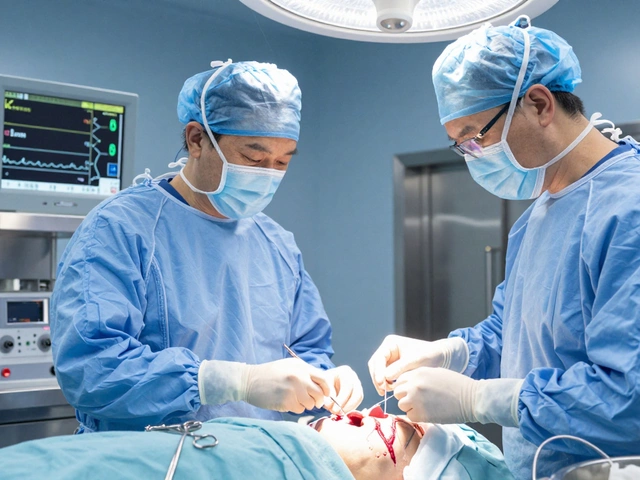Post‑Op Tips You Can Start Using Today
Just had surgery? You’re probably feeling a mix of relief that it’s over and anxiety about the road ahead. The good news is that a few smart moves right now can make the whole recovery smoother, less painful, and faster. Below are the most useful, no‑fluff tips you can apply whether you’re out of the operating room after a knee replacement, a spinal fusion, or any other procedure.
Control Pain Without Over‑Medicating
First thing’s first: pain control. Talk to your surgeon about a scheduled, low‑dose pain plan instead of waiting for the pain to spike. Taking medicine on a regular schedule keeps the pain from building up and reduces the overall amount you need. Pair meds with simple tricks – a cold pack for the first 48 hours, gentle elevation, and deep‑breathing exercises. Deep breaths flood your body with oxygen, which actually lowers the perception of pain.
Move Early, Move Smart
It feels counter‑intuitive, but staying still hurts more. Even if you’re told to keep weight off a joint, gentle movements keep blood flowing and prevent clots. Start with ankle pumps, toe curls, and short hallway walks as soon as the nurse gives you the green light. For knee‑surgery patients, the article “How Many Days of Rest Are Needed After Knee Replacement Surgery?” points out that 5‑10 minutes of walking by day 3 already cuts swelling by half.
When you’re ready to tackle the bathroom, remember the tips from “Can You Use the Bathroom Alone After Knee Surgery?” – keep grab bars within reach, use a raised toilet seat, and have a sturdy walking frame nearby. Falling in the bathroom is a leading cause of setbacks, so set up a safe zone before you even leave the bed.
Nutrition matters too. Protein‑rich foods like eggs, lentils, and Greek yogurt give your body the building blocks it needs to repair tissue. Hydration is key: aim for at least eight glasses of water a day unless your doctor says otherwise. A quick sip of ginger tea can also calm nausea from pain meds.
Sleep might feel impossible with a new incision, but it’s essential. Prop yourself up with pillows to keep the surgical site from pressing against the mattress, and use a white‑noise app if hospital noises keep you awake. Even short naps count – the body does most of its healing during rest.
If you notice any red streaks, increasing swelling, or a fever over 100.4 °F, call your surgeon right away. Early detection of infection prevents a long, painful hospital readmission. Most post‑op complications show up within the first week, so keep an eye on changes and don’t dismiss them.
Finally, stay positive. A short mind‑set shift – reminding yourself that each step forward is progress – can boost your mood and even speed up healing. Check out the article “Hardest Orthopedic Surgery to Recover From” for real stories of people who turned setbacks into comebacks.
Recovery isn’t a one‑size‑fits‑all journey, but with these practical steps you’ll give your body the best chance to heal quickly and safely. Keep this page bookmarked; you’ll want to revisit the tips as you move from day 1 to day 30 and beyond.

How Long Do You Stay in Hospital After Full Knee Replacement?
Wondering how long you'll be in the hospital after a full knee replacement? Most people spend only a couple of days in the hospital these days, thanks to quicker recovery methods. This guide breaks down what affects your stay, what to expect after surgery, and tips for getting home sooner. Find out the real deal on recovery, not just what the pamphlets say. Get practical advice for bouncing back and spotting any red flags.




